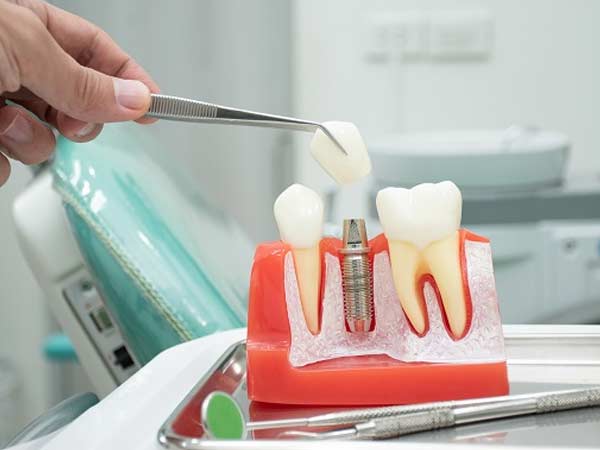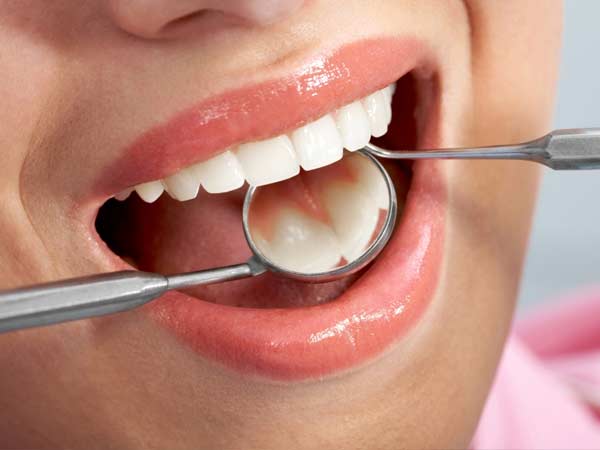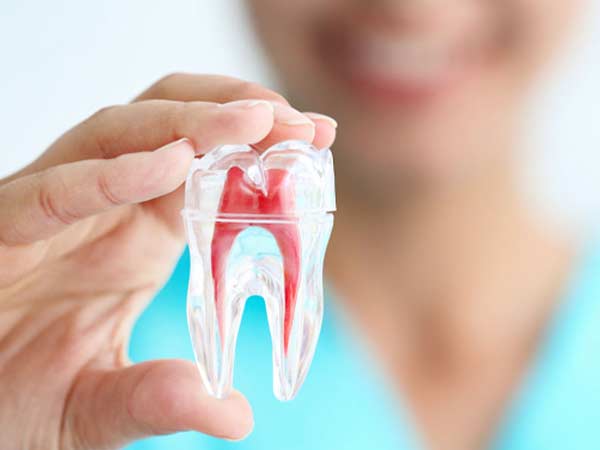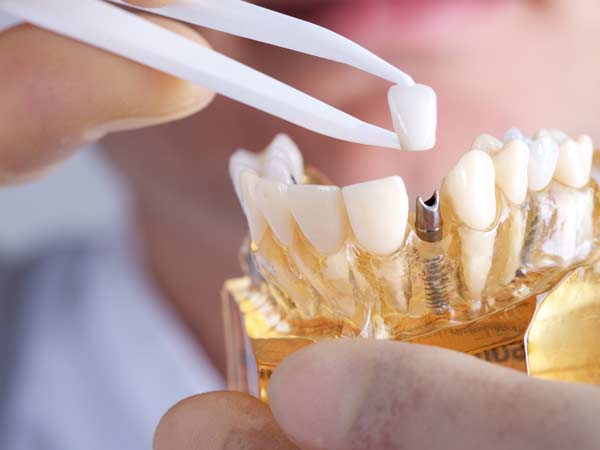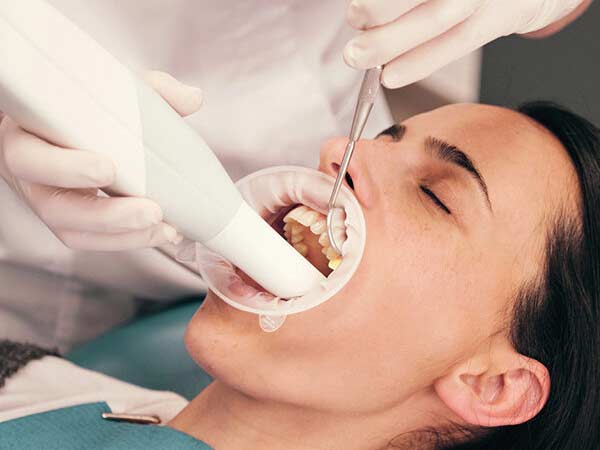Do Baby Teeth Need Fillings
After informing a parent their child has a cavity, the most common question I am asked is: “Do baby teeth need fillings? Can’t we wait till the tooth falls out?’
The answer is not always simple. As pediatric dentists we look at key factors to answering the questions.
Three Factors Influencing if Baby Teeth Need Fillings
- How close the tooth is to falling out
- Calculating the size of the cavity
- Assessing your child’s cavity-risk.
How Close is the Baby Tooth To Falling Out?
If the tooth is going to fall out soon we may recommend just improving oral hygiene with brushing and flossing as well as coming to regular check-ups with your pediatric dentist. This will typically be recommended if the baby tooth is loose or is projected to get loose within the next 6-12 months.
We assess this by seeing how much of the baby tooth root is still present. As the adult tooth prepares to come in, it will dissolve the baby tooth root more and more over time. X-rays are necessary to answer this question.
Calculating the size of the cavity
Most cavities we see on the X-ray or on our clinical exam have reached the inside layer of the tooth called dentin. Dentin is softer and more porous than the outer white layer called enamel. When the cavity is in that inner layer, it can spread fast. At that point we recommend filling the tooth with a white filling.
If the cavity is bigger and on multiple surfaces of the tooth we may recommend the tooth be restored with a crown. If the cavity is so big that a filling or crown wouldn’t fix the tooth properly, your pediatric dentist will recommend extraction.
Sometime the tooth only has a tiny “Pre-cavity spot”. Pre-cavity spots are areas of demineralization where the cavity- causing sugar bugs are just starting to invade and infect tooth. They have barely scratched the surface of the outer enamel layer of the tooth. In these cases, pediatric dentists will monitor these areas to see if they get bigger. They will recommend you improve oral hygiene and maybe even increase the number of times a day you clean your teeth.
Assessing your child’s cavity risk
Cavities are infections and may recommend fixing cavities on baby teeth if it is a significant infection. Cavities can pass from tooth to tooth, just like a cold. So, if you leave a cavity in a tooth long enough, your child’s other teeth can start to get cavities. The cavity causing sugar bugs multiply and they swim around in the same environment – your mouth!
Have the Cavity Evaluated

In short, if you have a high risk of getting even more cavities, your pediatric dentist may recommend fixing the tooth so your other teeth are protected.
As you can see, there are many factors in deciding whether a tooth needs to be fixed.
f your child starts complaining about tooth pain, he could have a cavity. It’s important to bring him to Divine Dental to remove the decay and have a filling put in place. Quick action may help save the tooth and avoid the need for a more expensive crown. Consider why it’s important to save baby teeth and three of the most common filling materials used on children.
Why Fix Baby Teeth?
You might be thinking, “My child still has all his baby teeth. Cavities don’t matter at this point. I’ll just wait until the affected teeth fall out and then be concerned with the health of his permanent teeth.”
This is a common misconception, one that could lead to a lifetime of problems. Here are several important reasons to treat the cavities in your child’s baby teeth seriously:
- Your child’s smile affects his self-esteem.
- Baby teeth guide the eruption of permanent teeth. If they fall out prematurely because of decay, permanent teeth could erupt in the wrong place.
- Baby teeth allow for good nutrition by facilitating proper chewing.
- Baby teeth help your child develop proper speech.
- Decayed baby teeth could affect the development of permanent teeth.
- Failure to treat cavities could put your child in great pain and possibly lead to the formation of an abscess.
Types of Fillings Used on Children
Amalgam Fillings
As the oldest and most trusted filling material, amalgam is made of a variety of metals, including silver, copper, zinc and mercury.
Advantages: Amalgam is very strong and durable, making it a great choice for molars exposed to extreme bite pressures. It’s less expensive, yet lasts at least 10 years. The material also takes less time to apply than other types of fillings, meaning the process can usually be completed in a single visit.
Disadvantages: Amalgam is metallic colored and can corrode or tarnish over time, causing discoloration where the tooth meets the filling. Also, since a traditional amalgam filling isn’t bonded to the tooth, more of the tooth structure must be removed to create a secure pocket to hold the filling.
White Fillings
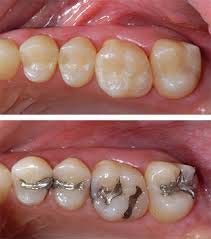
Options in this category include composite resins, glass ionomers and a combination type called resin-modified glass ionomers. The process involves first removing the decay and cleaning the remaining tooth surface. Then the white filling is applied one layer at a time, each of which is exposed to intense light to harden the material. The tooth and filling are then shaped and polished so the end result looks and feels as natural as possible.
Advantages: The attractive finish makes white fillings virtually undetectable. Being bonded to the tooth helps seal the filling and prevent future decay. Also, less of the tooth needs to be removed because bonding holds the filling securely in place without the need to form a pocket.
Disadvantages: White fillings are more complex, meaning your child must spend more time in the chair having the process completed. The cost is also higher, and white fillings may not last as long as amalgam.
Sedative Fillings
These are used to reduce pain caused when the center pulp of the tooth becomes irritated and inflamed. A sedative filling reduces the chance of saliva or bacteria leaking into the tooth and irritating the pulp in the future. Common types include zinc oxide and eugenol, both of which also often contain clove oil.
Unlike more traditional fillings, sedative fillings don’t require drilling. Instead, they are applied directly onto the tooth. This makes the solution great for children who have difficulty sitting still in the dentist’s chair for an extended period. Resin or glass ionomers may be used in combination with sedative fillings to replaced decayed sections of the tooth.
Sedative fillings are only used if a child’s tooth has been damaged by decay or trauma and requires immediate pain relief. The filling can stay in place for several months or even a few years, provided your child maintains good oral hygiene. Regular dental visits may also be necessary to make sure the filling is still doing its job.





